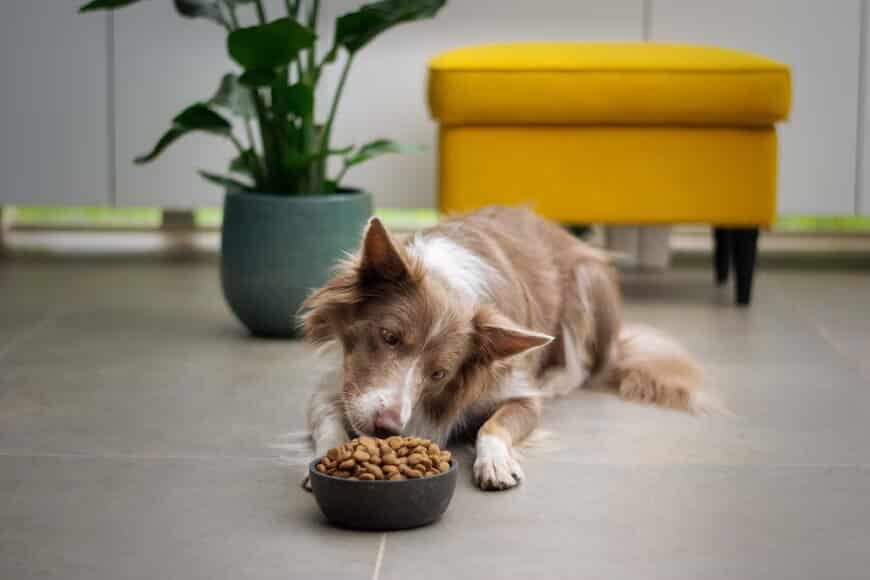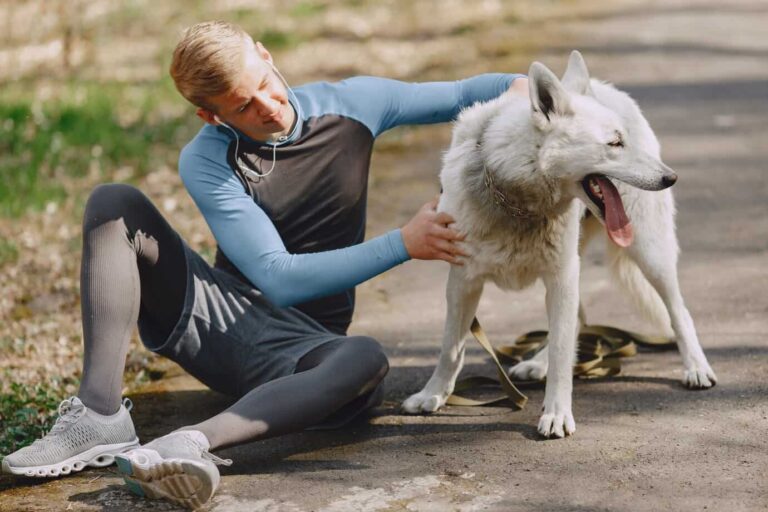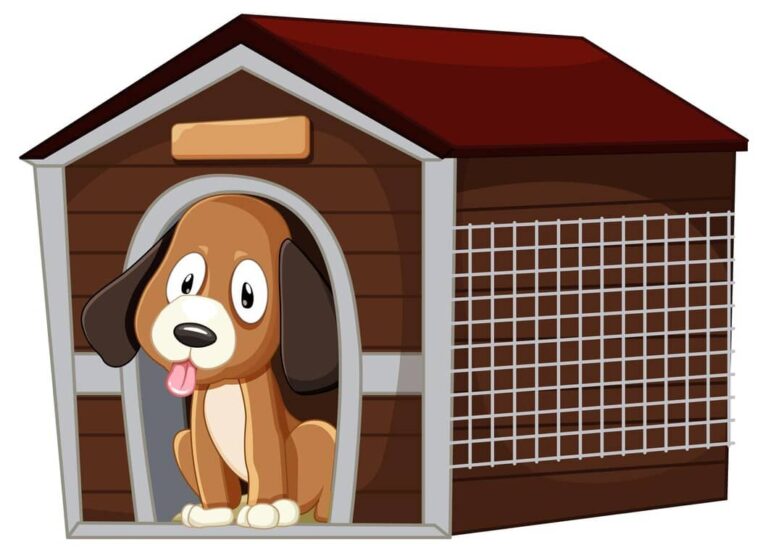© 2019 Khobish - Premium WordPress news & magazine theme by Xldevelopment.
Dog owners are always willing to do anything to keep their furry buddies safe. Even if it means
feeding them raw food instead of processed meals. However, some dog owners have doubts regarding unprocessed foods for their dogs. For such people, we created this article. Here, we will talk about the pros and cons of raw diet for dogs and more.
What Does Raw Diet for Dogs Mean?
The raw diet, also known as the “BARF” (biologically appropriate raw food) diet, for dogs involves feeding dogs a diet that consists primarily of raw, unprocessed animal products such as muscle meat, bones, and organ meat.
Proponents of the raw diet argue that it more closely resembles the diet of wild dogs and can provide numerous health benefits, including improved coat condition, a stronger immune system, and healthier teeth and gums.
However, the raw diet has also been the subject of controversy and criticism, with some veterinarians and pet nutritionists warning of the potential risks and drawbacks.
Is Raw Diet Good for Your Dog?
A raw diet has some good health benefits. Here are the common ones:
Improved Coat Condition
Some dog owners and veterinarians have reported that dogs on a raw diet have a shinier, healthier coat compared to those on a commercial diet. This is thought to be due to the higher fat content and the inclusion of raw animal products, which contain essential fatty acids and other nutrients that are important for skin and coat health.
Stronger Immune System
The raw diet may help to strengthen a dog’s immune system by providing a more balanced and varied source of nutrients. Processed commercial diets often rely on synthetic vitamins and minerals to meet the nutritional requirements of dogs, while the raw diet provides these nutrients in their natural form.
Healthier Teeth and Gums
One of the main benefits of the raw diet is the inclusion of raw bones, which can help to clean a dog’s teeth and promote healthy gums. Chewing on bones can help to remove plaque and tartar build-up, which can lead to gum disease and tooth loss.
Weight Management
Some dogs may be more prone to weight gain on a commercial diet, especially if they are fed a high-carbohydrate diet or are given too many treats and snacks. The raw diet may help to promote a healthy weight in dogs, as it is typically lower in calories and carbohydrates and does not contain any added sugars or fillers.
Cons of a Raw Diet for Dogs
A raw diet isn’t always good for dogs and in some instances can negatively impact your furry friend. Some of the common drawbacks of a raw diet for dogs are:
Risk of Bacterial Contamination
One of the main concerns with the raw diet is the risk of bacterial contamination, particularly from raw meat. Bacteria such as Salmonella and E. coli can contaminate raw meat, causing serious illness in both humans and animals. Handling raw meat can also lead to cross-contamination in the kitchen, putting humans at risk of food poisoning.

Difficulty in Meeting Nutritional Requirements
Balancing the raw diet can be challenging, as it requires a careful selection of ingredients to ensure that the dog is receiving all of the necessary nutrients. It can be difficult to determine the right balance of protein, fat, and carbohydrates, and there is a risk of deficiencies or imbalances if the diet is not properly planned.
Increased Risk of Choking and Gastrointestinal Injury
The raw diet includes a lot of bones, which can pose a choking hazard if they are not properly prepared. Splinters and shards can also cause gastrointestinal injury if they are ingested.
Cost
The raw diet can be more expensive than a commercial diet, as it requires the purchase of fresh ingredients and may require more frequent shopping trips. A raw meat diet for dogs is even more expensive, so keep that in mind when deciding.
How to Feed Raw Die to Your Dog
If you are considering switching to a raw diet for your dog, it is important to carefully plan the diet and to work with a veterinarian or a pet nutritionist to ensure that it is balanced and meets your dog’s nutritional needs. Here are some general guidelines for feeding a raw diet to a dog:
#Tip 1: Start Slowly
If you are transitioning your dog from a commercial diet to a raw diet, it is important to do so gradually to allow the dog’s digestive system time to adjust. Start by replacing a small portion of the commercial diet with raw ingredients, and gradually increase the amount of raw food over the course of a week or two.
#Tip 2: Choose High-Quality Ingredients
It is important to choose high-quality, fresh ingredients for your dog’s raw diet. This includes using muscle meat from reputable sources, such as a local farmer or a trusted supplier, and avoiding meat that has been sitting in the grocery store for an extended period of time.
#Tip 3: Balance the Diet
A balanced raw diet should include a variety of ingredients to ensure that the dog is receiving all of the necessary nutrients. This typically includes a combination of muscle meat, bones, and organ meat, as well as vegetables and other supplements as needed.
#Tip 4: Store and Handle Raw Food Safely
Raw food should be stored in the refrigerator or freezer until it is ready to be fed, and it should be handled with care to avoid cross-contamination. It is a good idea to use separate cutting boards, utensils, and storage containers for raw food to avoid contamination with other foods.
#Tip 5: Consider the Size and Age of the Dog
The nutritional needs of dogs can vary based on their size, age, and activity level. It is important to consider these factors when planning a raw diet to ensure that the dog is receiving the right balance of nutrients.
Wrapping Up
The raw diet for dogs can be a controversial topic and is not for everyone. However, these pros and cons of raw diet for dogs will help you decide if your dog truly needs raw diets or not. Remember, it may provide some health benefits, but it is important to carefully consider the potential risks and drawbacks before making the decision to switch to a raw diet. I hope you did read Pros and Cons of Raw Diet for Dogs.
If you do decide to feed your dog a raw diet, it is important to work with a veterinarian or a pet nutritionist to ensure that the diet is balanced and meets the dog’s nutritional needs.











No Comments